4 times PPC automation still needs a human touch
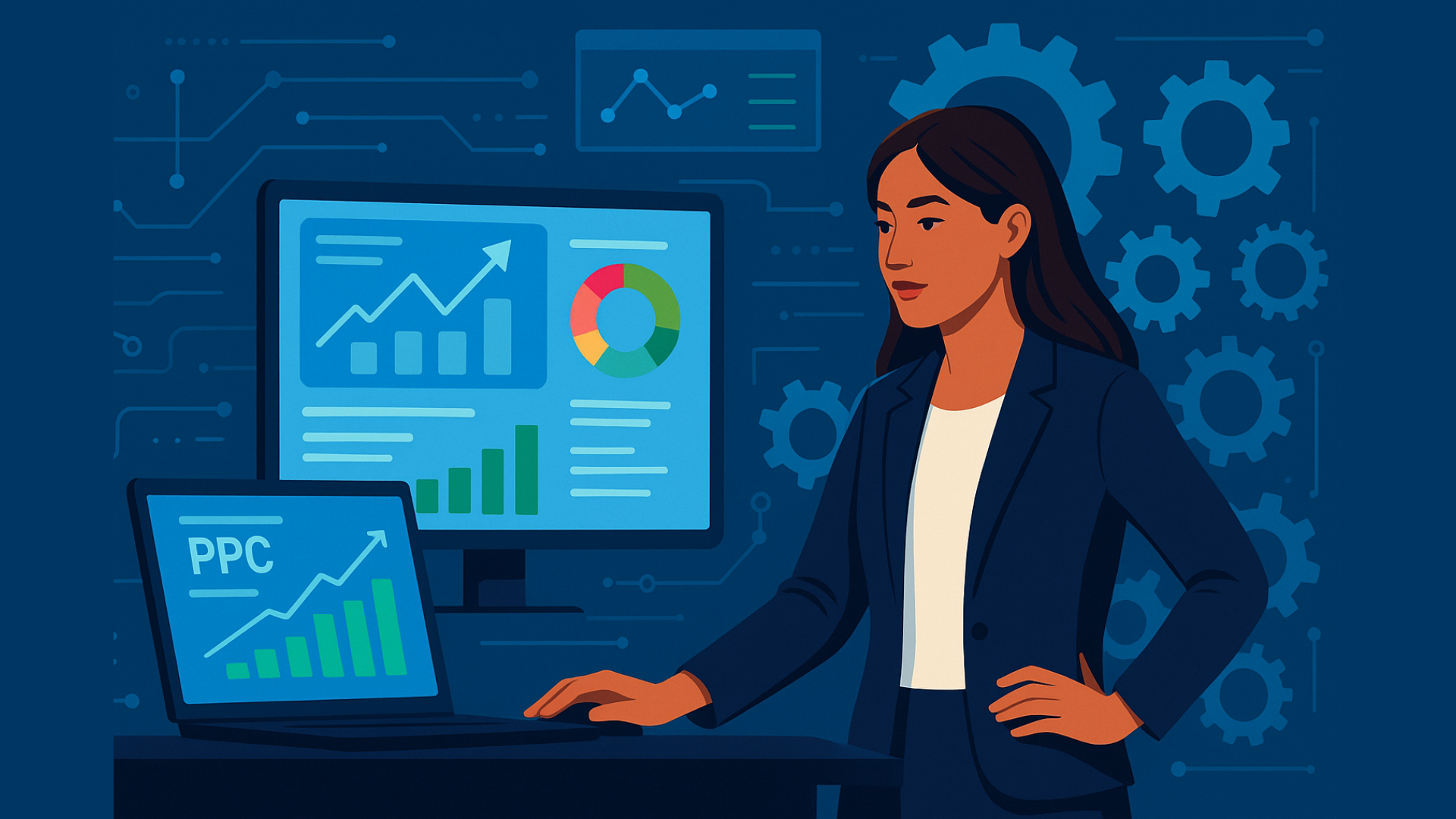
PPC automation is now the standard in 2026.
We’ve evolved from simple automated rules to Smart Bidding, scripts, budget pacing, and now AI-driven creative.
The systems running our campaigns are, for the most part, surprisingly capable – even if it pains us to admit it. With that progress, the role of the PPC expert has undergone a significant transformation.
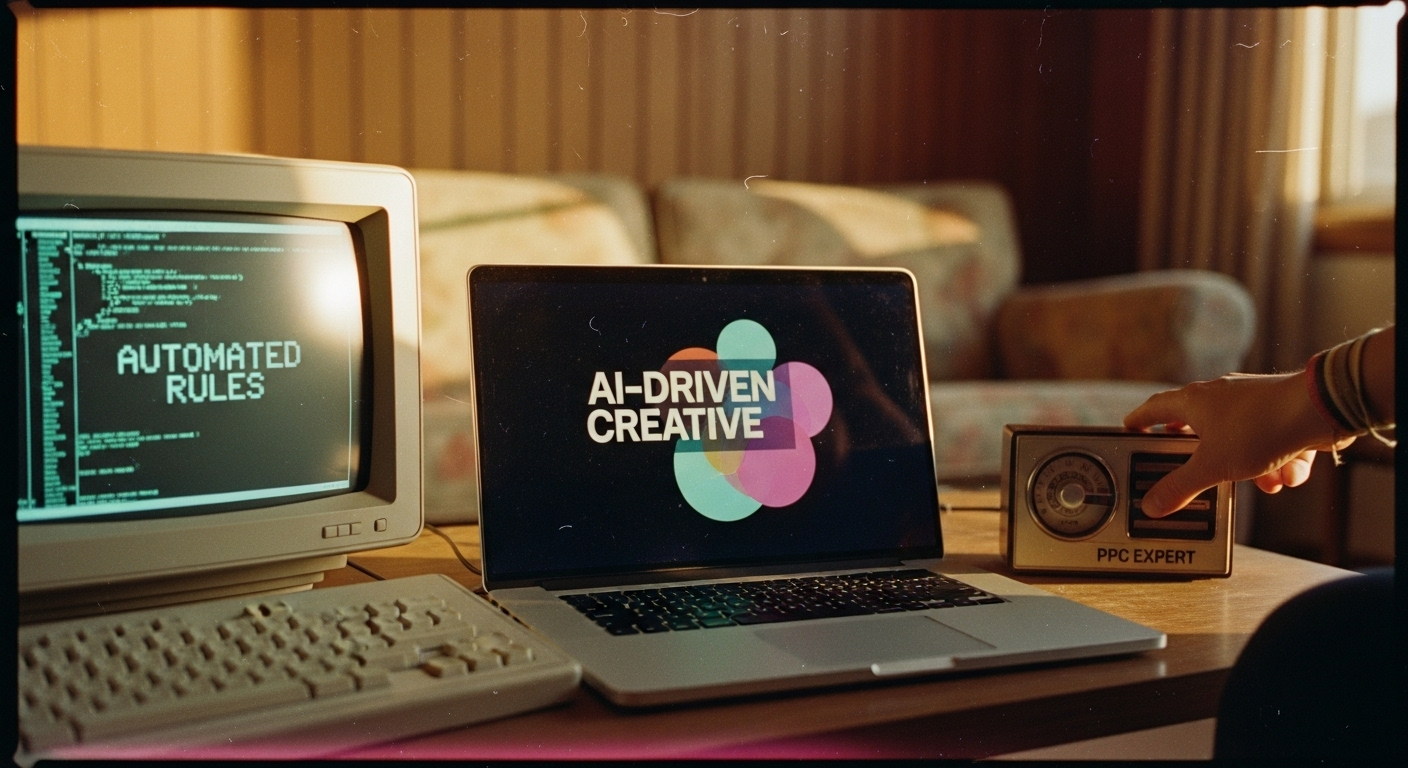
But even the smartest systems can fail spectacularly when left alone.
Over-reliance on automation brings real risks: poor lead quality, algorithmic bias, platform quirks, and strategic misalignment.
We’ve all been there – watching things unravel and having to explain why.
The irony is that as automation gets smarter, the burden to prove the value of human oversight only grows heavier.
Here are four situations where your expertise isn’t optional – it’s essential.
1. Brand new campaigns and new product launches need to be monitored closely
Automated systems rely on historical data to optimize their performance toward specific goals.
New campaigns and product launches often lack the adequate volume and context that algorithms need to make informed decisions on our behalf.
In these situations, the human paid search manager knows more than the machine.
- Is there buzz around the product outside the ad platform?
- Is it a limited-time launch that was promoted on social media?
- What is the path to conversion for the typical customer?
The machine can’t ask these questions – but you can.
This is where human managers earn their keep – shaping targeting, refining RSA headlines, and guiding the conversion path.
Your input helps feed the platform clean, reliable data from the start.
And that insight also lets you override the platform’s default “best practices” when speed and impact matter more than algorithms.
Here are a few examples of when to step in:
- Campaign structure override: The platform may prefer centralized campaigns to collect more data, but if there’s strong buzz around a new product, it’s better to create a standalone campaign with its own budget and focus.
- Match type override: The platform might default to broad match keywords to “discover” new traffic, but for a limited-time launch, discovery is a luxury. Restricting to exact match ensures the budget goes to qualified traffic before the promotion ends.
This level of oversight isn’t limited to product launches.
In B2B marketing, when promoting a webinar, virtual event, or email list, human judgment is crucial in determining the value of each conversion type.
- How much is a webinar registrant worth compared with a lead?
- And where does an email subscriber fit between the two?
During a new launch, you should focus on three key areas:
- Tighter monitoring: Closely track performance during the initial learning phase to help guide the algorithm.
- Manual creative refinements: Test and adjust ad copy and creative based on early performance signals.
- Conversion path audits: Make sure the user journey from click to conversion is smooth and that tracking works properly.

If the brand announces the launch on social media, don’t rely on daily budget pacing.
You may need to increase the budget and temporarily lower CPA or ROAS targets to capture the expected demand.
Dig deeper: Scaling PPC with AI automation: Scripts, data, and custom tools
2. Always oversee major budget changes or large brand initiatives
When a brand executive suddenly pulls $20,000 from paid search and redirects it to CTV or Amazon, you need to keep a close eye on your campaigns.
An abrupt budget cut doesn’t break the algorithm, but it throws it off balance. It keeps chasing yesterday’s spend and often overshoots targets before settling back down.
This happens often, leading to costly misfires that the paid search team ends up explaining.
The opposite is also true. You might be told to spend a set budget before the year-end deadline – the classic “use-it-or-lose-it” scenario.
In that case, it’s up to you to manually allocate spend to campaigns that can handle the sudden volume, ensuring you don’t waste money or miss the target entirely.
Micromanagement is just as critical when brand goals override performance metrics. For instance, if the objective is to grow market share within a niche demographic that hasn’t converted well before, the paid search expert must override the algorithm’s conversion bias to make sure the message – through specific YouTube or Demand Gen creative – reaches the intended audience, even if CPA or ROAS takes a temporary hit.
These abrupt shifts – cutting budgets, forcing spend, or chasing new markets – all require close, manual supervision.
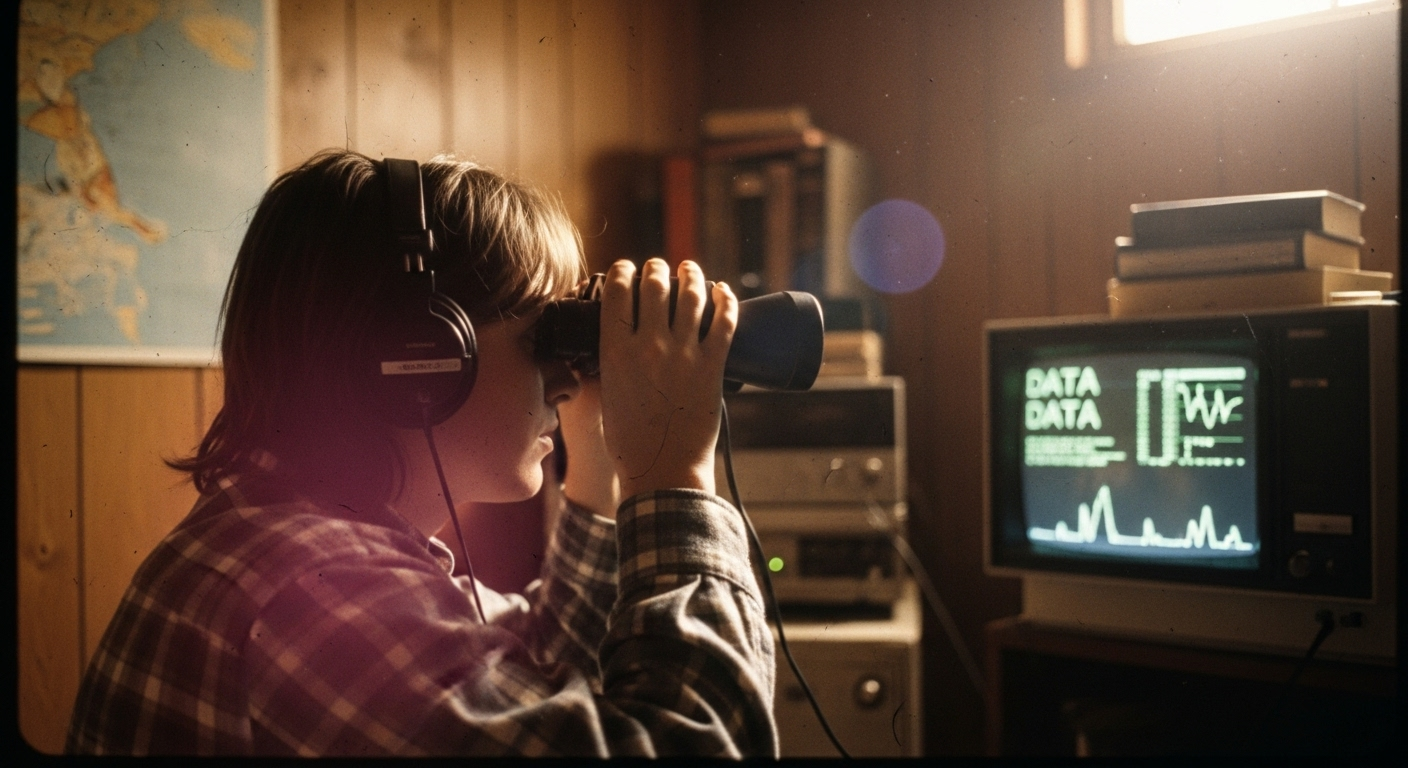
Use seasonality adjustments where possible to help the system adapt, but keep a human eye on performance to protect results.
Get the newsletter search marketers rely on.
See terms.
3. Niche or low-volume accounts need more oversight than large accounts with data in mass
Automation platforms are data-hungry, and they struggle with accounts that don’t generate enough transactions for effective AI optimization.

When algorithms try to work with limited data, the result is often wasted spend and chronic underperformance.
For these accounts, manual management of bids, keywords, and targeting is often essential.
Human oversight allows for quick adjustments and responses to subtle performance changes.
Small, local campaigns (e.g., auto dealerships targeting a tight radius) frequently face this challenge.
They’re not necessarily “niche,” but their geographic limits restrict data flow.
Here are a few tactics for managing low-volume campaigns:
- Simplify structure: Consolidate campaigns and ad groups to help aggregate data.
- Broaden match types: Use broader match keywords with a strong negative keyword list to uncover new query opportunities.
- Manual bid adjustments: Make small, deliberate bid changes to spark activity and gather more data.
- Aggregate conversions: When possible, optimize toward higher-funnel conversion actions to increase data volume.
- Consider tradeoffs: The goal is still to move toward smart bidding – manual bidding is flawed – so when possible, switch to a click-based strategy and reduce waste through strong audience layering and goal setting.
As a last resort – and only with caution – you can temporarily set a high budget on a campaign with narrow geo or keyword targeting.
This can help the system find impressions and gather data, but it must be watched closely.
Don’t leave it unattended for more than a day, as the algorithm can quickly overcompensate and spend beyond control.
Dig deeper: Agentic PPC: What performance marketing could look like in 2030
4. Monitor automated campaigns tied to website structures
Automated systems operate within the data confines of the ad platform.
They can’t “see” external factors that might break conversion paths or confuse bidding algorithms in real time.
This risk is particularly high with campaign types, such as Performance Max (PMax), AI Max, and Dynamic Search Ads (DSA).
These rely on site crawls, conversion signals, and feed data – all of which can be disrupted by site updates, release cycles, or tracking issues.
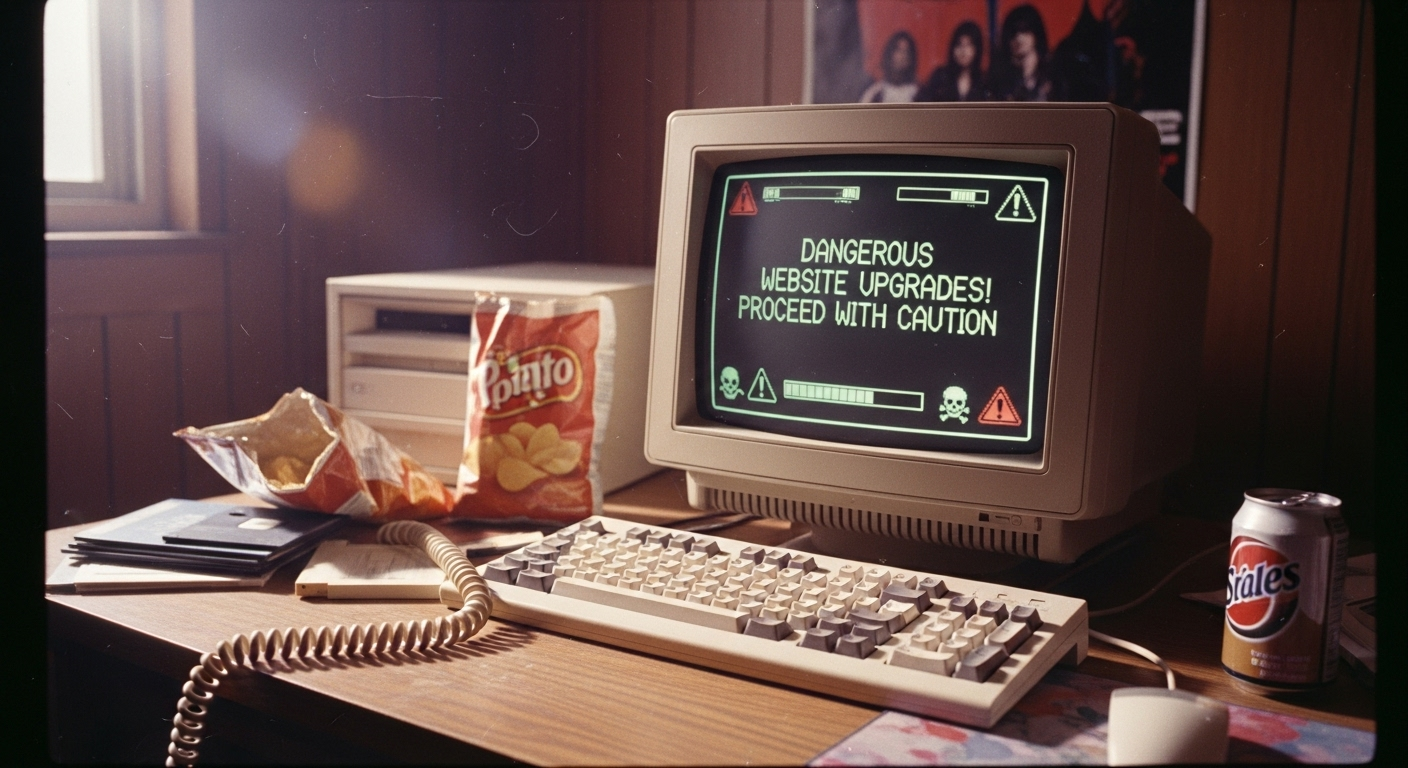
I’ve worked with large advertisers whose conversion tracking broke during a site migration or when tags for another platform accidentally replaced the paid search tags.
In one case, it took a full month for the next development release to deploy a fix.
During that time, I had to manually monitor bids to keep them aligned with performance – turning off paid search wasn’t an option.
It was a tough situation, but it happens more often than you’d think.
This oversight becomes even more critical during website migrations – whether upgrading Magento or switching to platforms like Wix or Shopify.
PPC experts must also stay alert to landing page updates and make sure page feeds stay aligned with the current site structure.
Because automation relies heavily on signals such as product availability, maintaining accurate page feeds is crucial.
Auto-generated assets add another layer of risk – a site change can instantly cause irrelevant text or images to appear in ads.
You need to make sure pages that shouldn’t be crawled aren’t suddenly added to a feed.
That requires close communication with the SEO and tech teams during releases and updates.
The key is to know when your tech team is pushing changes and to be available as the paid search expert when it happens.
The bottom line: You need to be the PPC expert the machine depends on
Automation isn’t the enemy.
Chatbots and AI enhancements may seem smarter than ever, which can make experts feel threatened in ways we didn’t when automation meant simple rules and scripts.
But every new AI feature that promises a “set it and forget it” experience is an illusion.
The role of a paid search expert has evolved.
You’re no longer just entering data.
You’re the risk manager, strategist, and domain expert who understands the business beyond the platform.
You’re the only one who can see the product roadmap, anticipate budget shifts, and flag the next website migration before it breaks your campaigns.
Algorithms are powerful, but they’re blind to context and change. They run on the data you provide and within the guardrails you enforce.

The future of PPC isn’t about resisting AI – it’s about knowing exactly where to apply human intelligence to protect performance and maximize results.
In these moments, your oversight isn’t optional; it’s the difference between a smooth, efficient system and an expensive failure.
Earning your worth as a paid search expert today means being ready to step in when – not if – the machine loses its way.


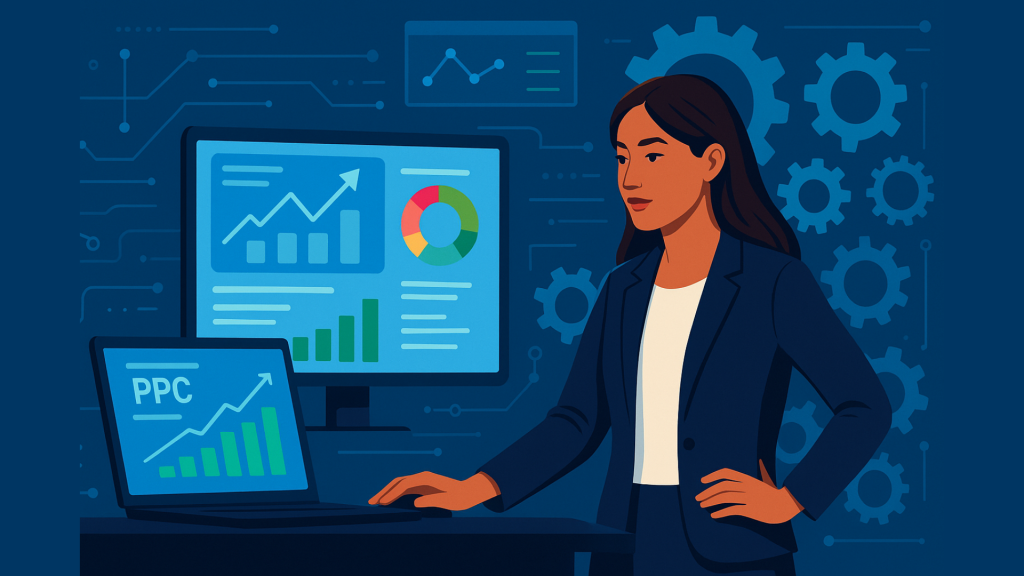




Recent Comments